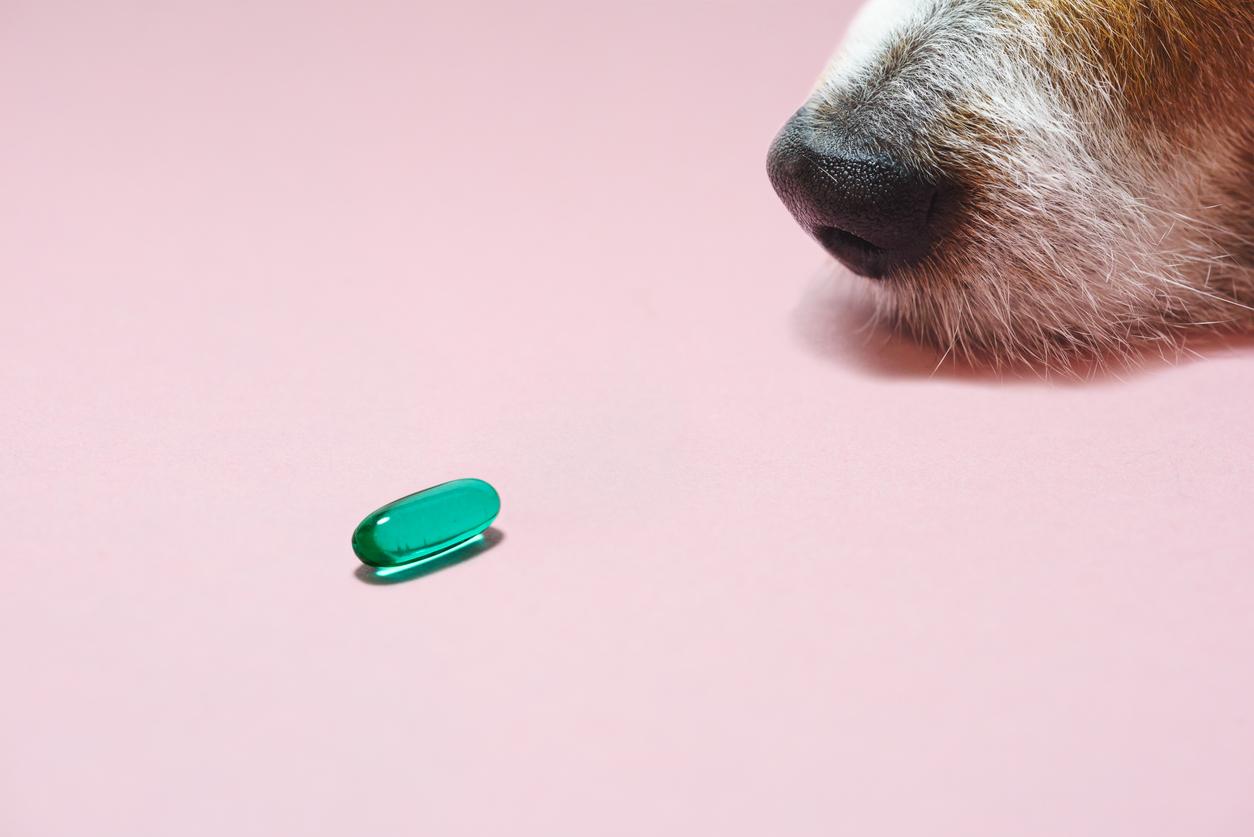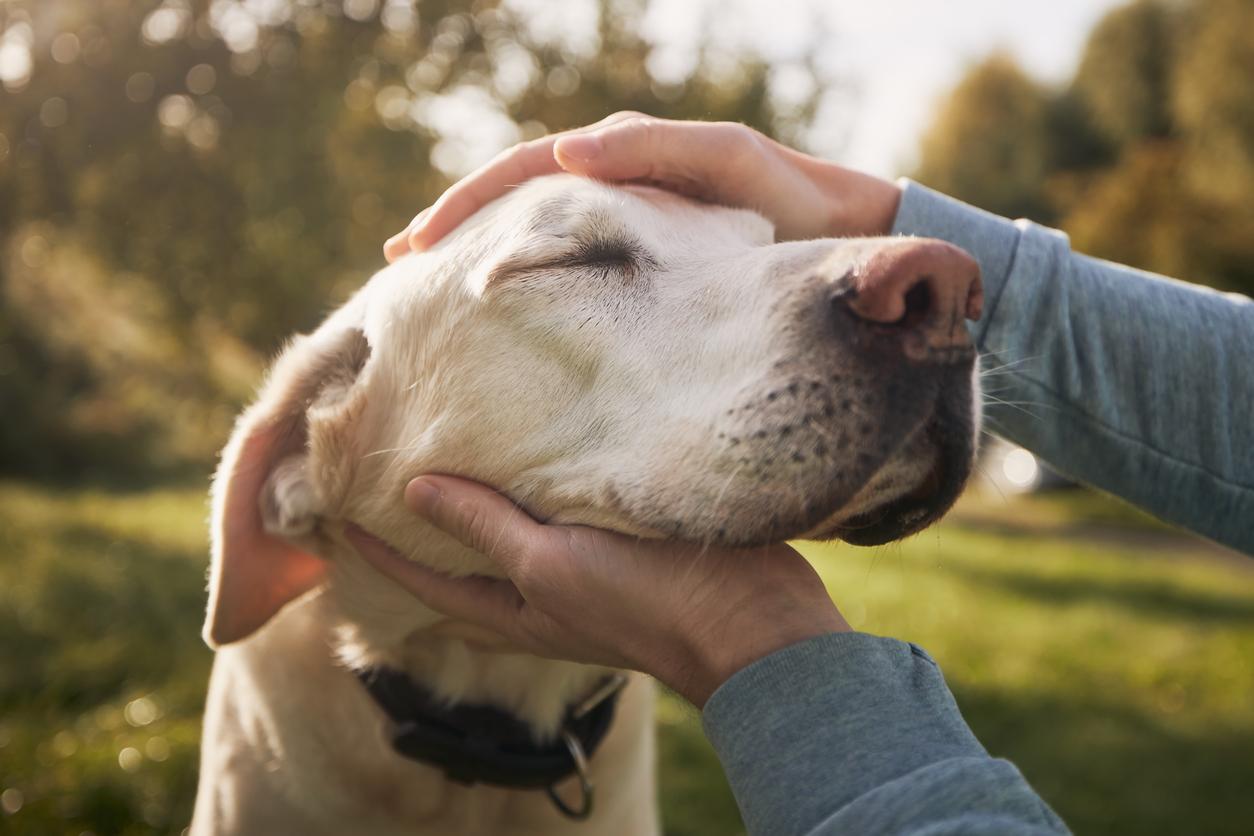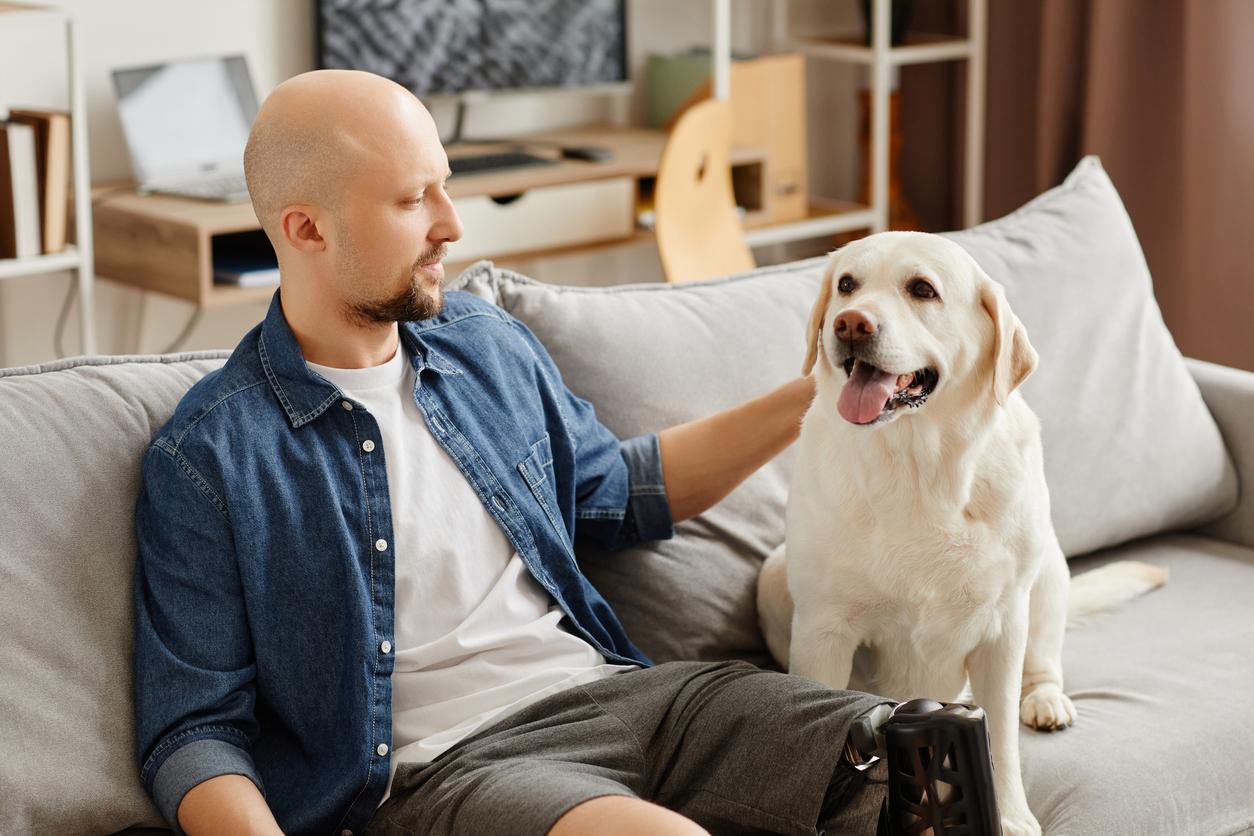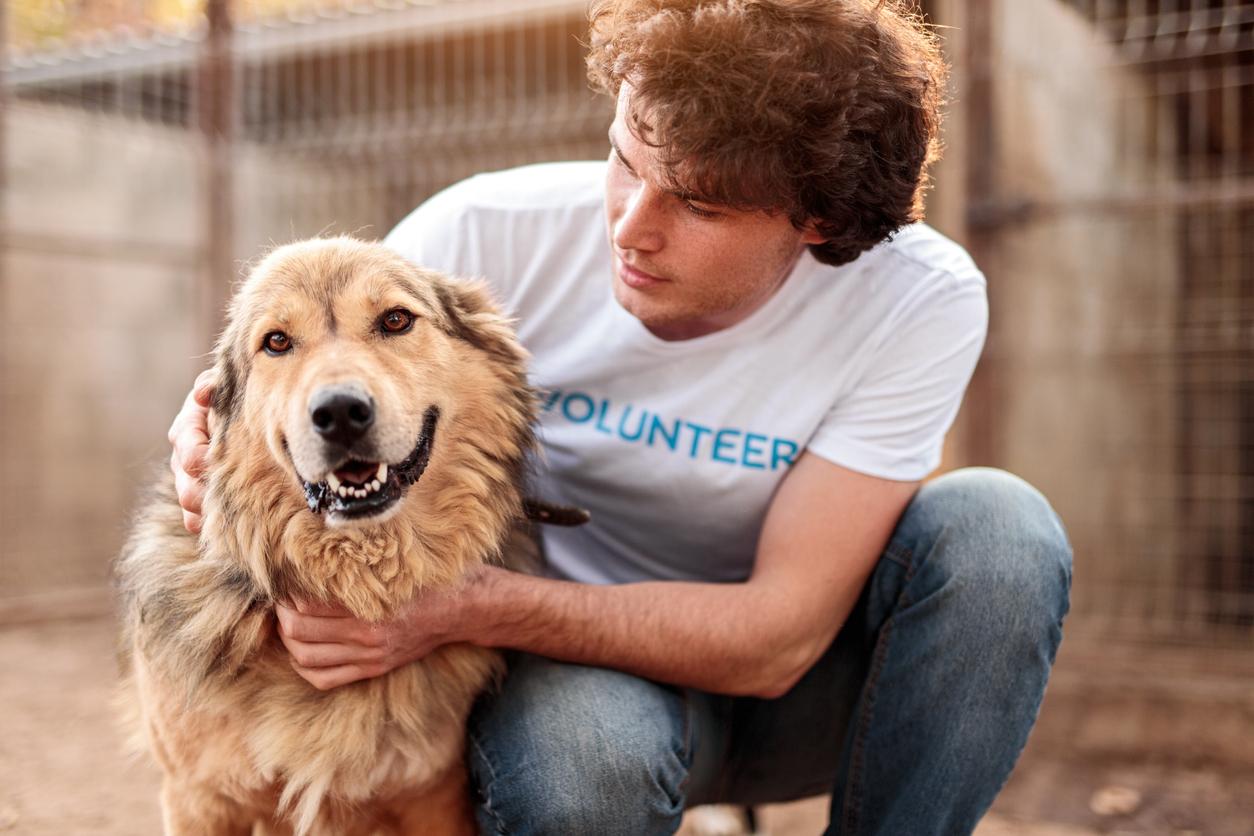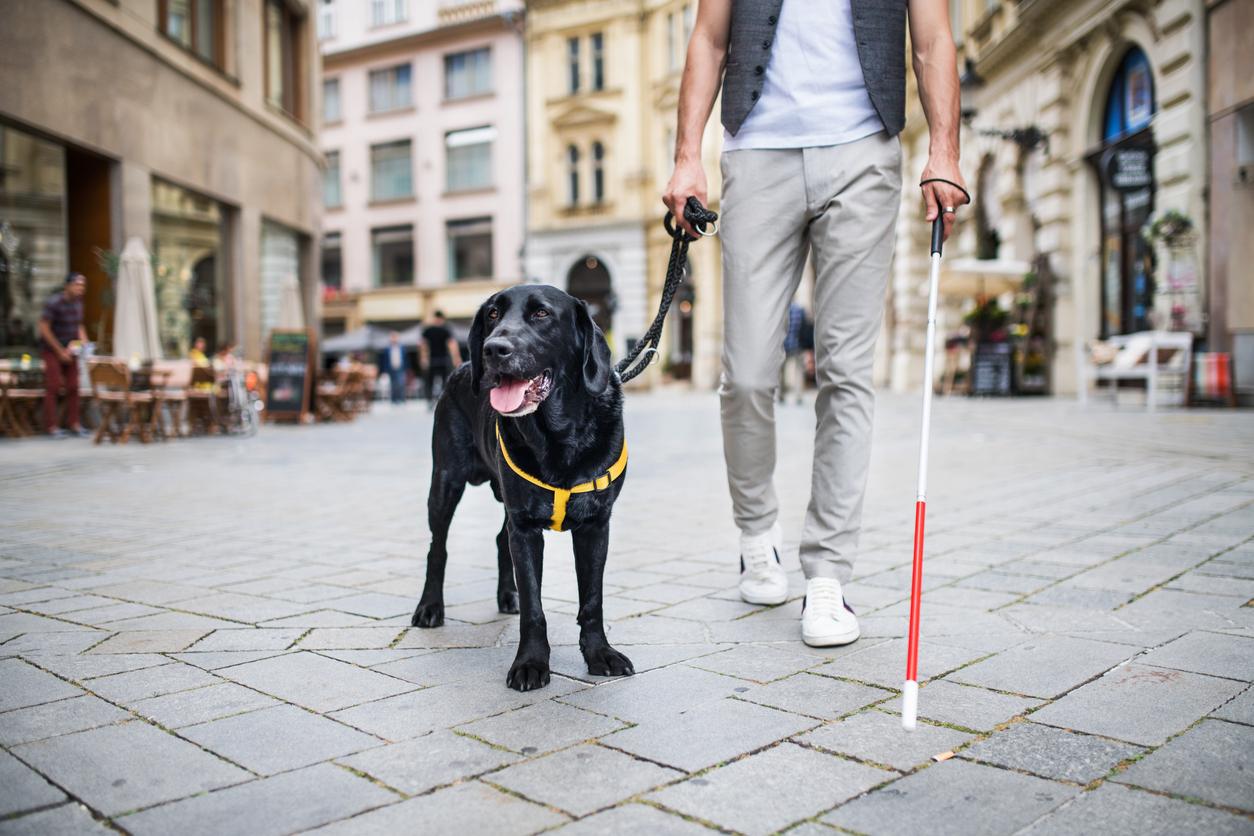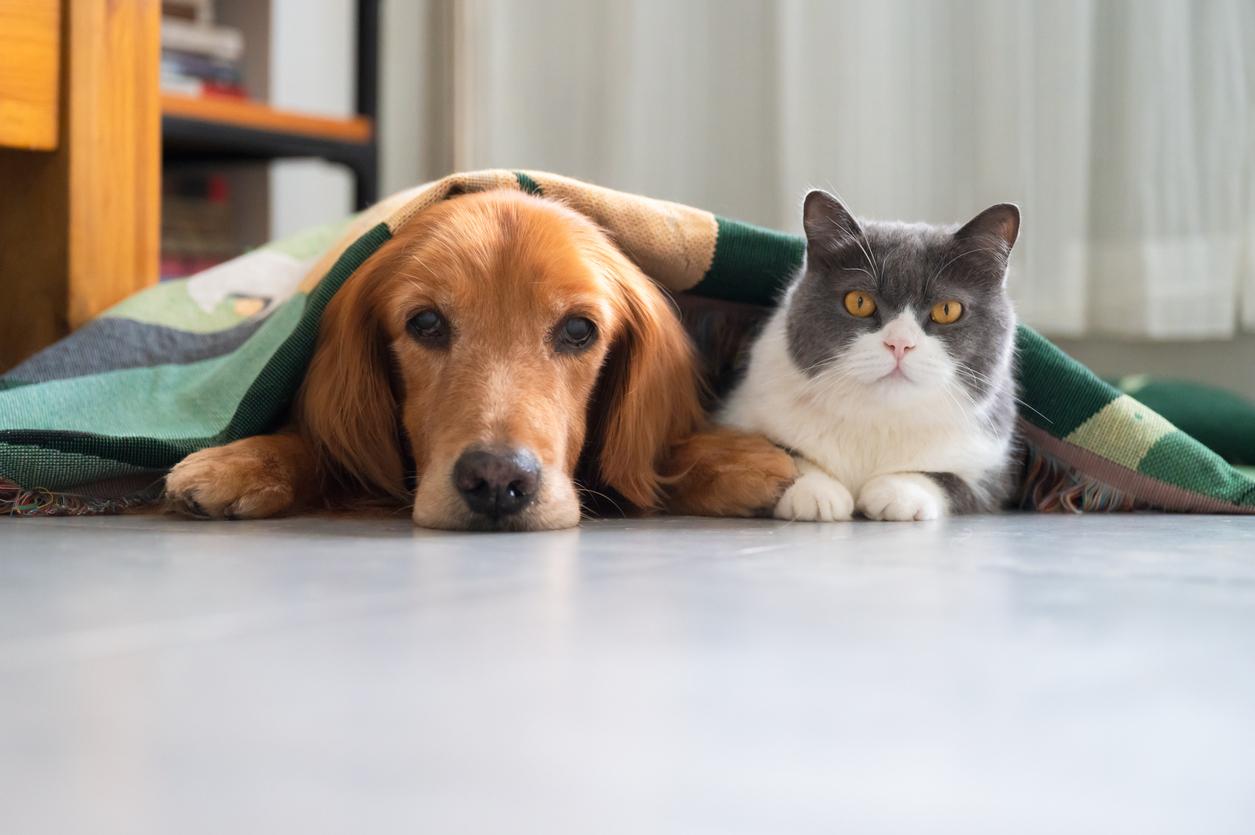“A hormone story” is how researchers explain the human / dog friendship. When the animal and its owner look at each other, they have a surge of oxytocin.
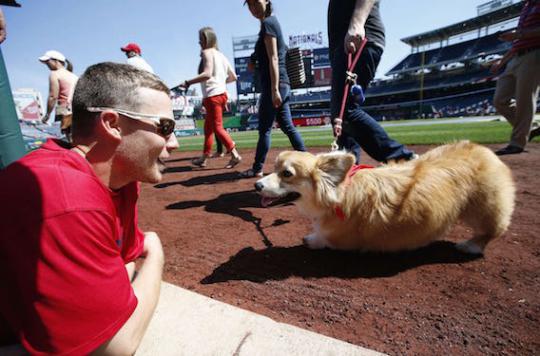
Why is the dog man’s best friend? This is the question that Japanese researchers at Azabu University in Tokyo wanted to answer. And the explanation they provided this Sunday in the American magazine Science what to surprise. According to the researcher, Takefumi Kikusui, an expert in animal behavior, it’s when humans and dogs look each other in the eye, that their levels of oxytocin, the hormone of love, trust and pleasure, increase significantly in their brain and strengthen their bonds.
Since the beginning of domestication
The Japanese scientist believes that this mechanism was probably the result of evolution since the beginning of the domestication of man’s best friend, which dates back around 30,000 years. He specifies that “the same phenomenon is known to consolidate the emotional bonds between the mother and her child when they look at each other. Conclusion, dogs could have developed this hormonal response to be adopted by humans.
No hormonal response in wolves
To go even further in his work, Takefumi Kikusui tested this reaction in wolves, from which dogs descend. He found that the latter, even raised small by men, do not have this hormonal response. “This means that the dogs did not inherit it, but one developed in contact with humans in the process of domestication,” he insists.
To come to this conclusion, the Tokyo University team placed dogs in a room with their handlers – 30 volunteers in total, six men and 24 women – and a few strangers, then they observed all the contacts for 30 minutes. between them by speaking, touching or looking. They then measured oxytocin in the urine of dogs and owners and found that eye contact between the two resulted in a marked rise in the level of this hormone in their brains (+ 30% compared to the other group). .
In addition, the visual exchange time increased when the master lavished attentions on his dog, in the form of words or caresses. In wolves, on the other hand, these hormonal secretions were not detected and mutual stares were few.
A lead for people with autism?
In a second experiment, the researchers applied oxytocin directly to the nostrils of some dogs and put them in a room with their owner and other people. After 30 minutes, they found that the oxytocin level had increased in the owners of the treated dogs, and that the latter, more the females, had responded to the hormone treatment by looking at their master for a longer period.
For Evan MacLean and Brian Haredeux, two researchers at Duke University (North Carolina), these results could help to elucidate the mechanisms by which our relationship with these animals can be beneficial for our health.
They cite as an example the beneficial effects of the presence of dogs in people with autism or suffering from post-traumatic stress disorder for which oxytocin is currently being used as an experimental treatment.
“This study would confirm the idea that when your dog looks at you it is not necessarily because he wants you to give him a treat”, they conclude.
.









